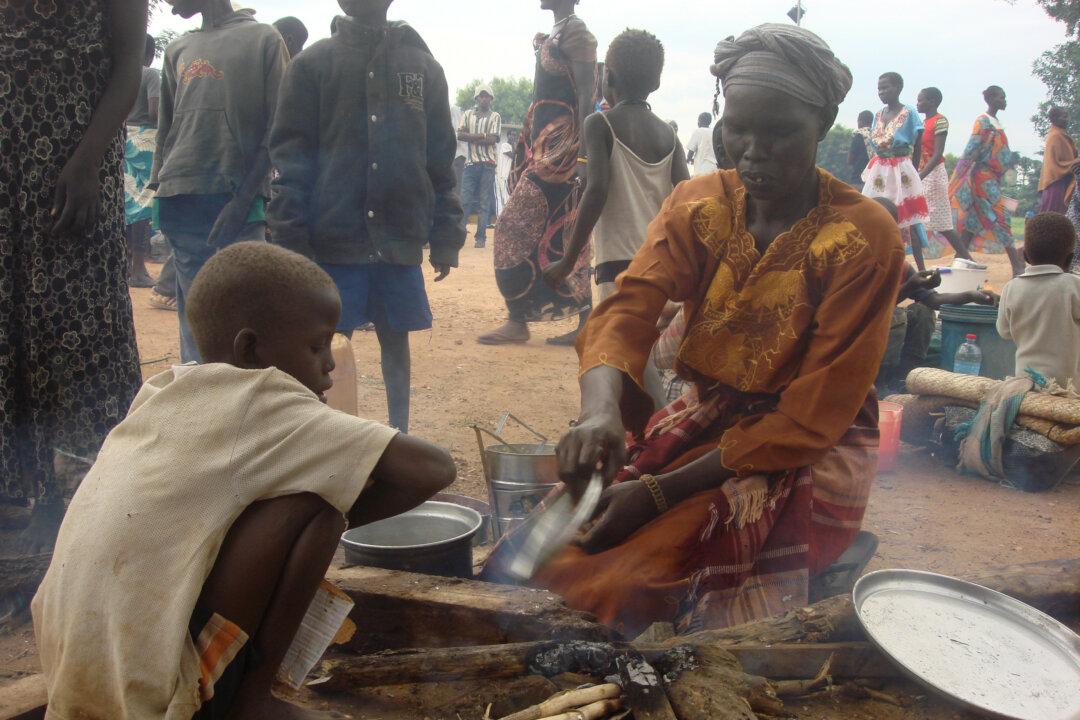If we have learned anything from this last presidential election it is that poverty continues to be an ignored word in the United States political landscape. Although politicians avoid using the word like an unarmed man avoids a poisonous snake, poverty is an integral part of the U.S. social and political landscape, and will not go away just by ignoring it.
Poverty is a multifaceted concept that includes social, economic, health and political elements. Poverty is generally classified into two types: 1) Absolute, which is synonymous with destitution and includes people who cannot obtain adequate resources to support a minimum level of physical health, and 2) Relative, which occurs when people do not enjoy the minimum standard of living as determined by the government. Relative poverty varies from country to country, and in some cases within the same country.
A more practical definition is that poverty is a state of deprivation in which people lack the usual or acceptable amount of money or material possessions to live with dignity. In 2015, using this concept, 43.1 million Americans (13.5 percent of the population) lived in poverty. Although children are 23.1 percent of the total population, they constitute 33.3 percent of the poor population. A 2013 UNICEF report stated that the United States had the second highest relative child poverty rate in the developed world.
A concept related to poverty is food security, since the former influences the latter. In a food secure household its members have access at all times to enough food for an active and healthy life. In 2013, when child poverty levels were a record high, 16.7 million children were living in food insecure households, unable to access the nutrition necessary for a healthy life.
A 2016 study by the Urban Institute, a Washington, D.C. research organization that analyzes how people and communities will be affected by policy reforms, states that teenagers in low income communities are frequently forced to join gangs, sell drugs or exchange sexual favors because they cannot afford to buy food.
Homelessness aggravates the problems associated with lack of food. According to a 2014 report by the National Center on Family Homelessness, the number of homeless children in the U.S. has reached record levels, with 2.5 million children—one child in every 30—experiencing homelessness in 2013. Lack of affordable housing and domestic violence are among its main causes.
According to recent census estimates, half of the U.S. population qualifies as poor or low income, while one in five Millennials are living in poverty. According to The Routledge Handbook of Poverty in the United States, new and extreme forms of poverty have appeared in the United States as a result of neoliberal structural adjustment and globalization policies.




